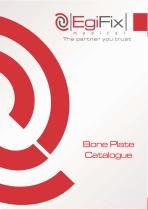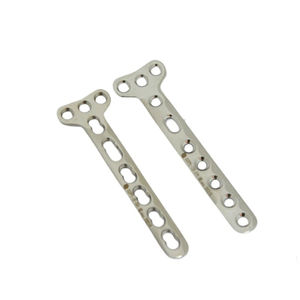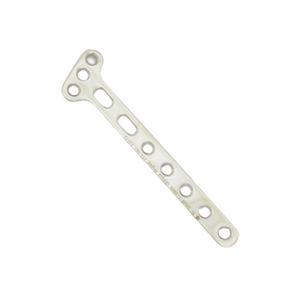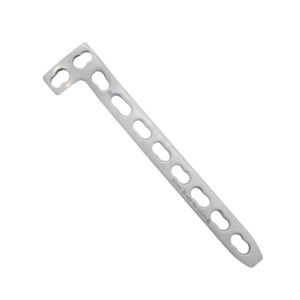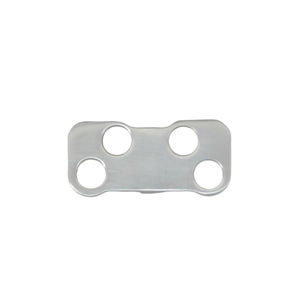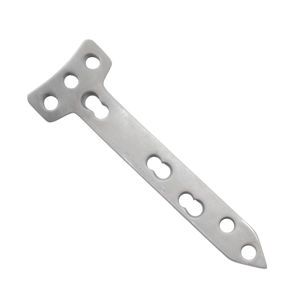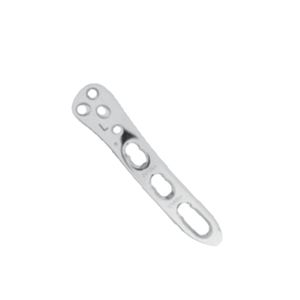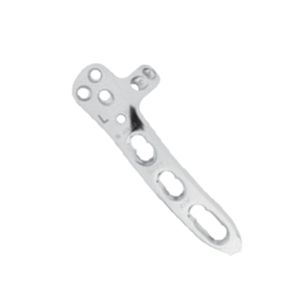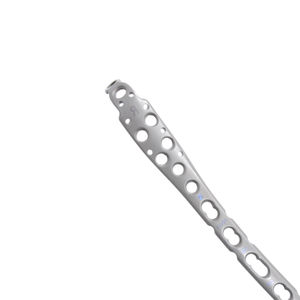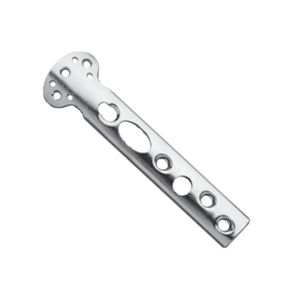
- Products
- Catalogs
- News & Trends
- Exhibitions
Femoral compression plate Modular DHS
Add to favorites
Compare this product
Characteristics
- Applications
- femoral
Description
Increased Rotational Stability:
The blade’s design enhances the rotational stability of the femoral head-neck fragment, crucial for minimizing risks such as cut-out, delayed union, and varus angulation in unstable trochanteric fractures.
Better Anchorage in the Femoral Head:
The specially designed tip of the blade facilitates bone compaction upon insertion. This compaction improves the anchorage of the implant, which is particularly beneficial in osteoporotic bone where traditional fixation methods may struggle.
Increased Support Surface:
The weight-bearing surface of the DHS Blade is larger compared to conventional DHS screws. This increased surface area allows the implant to support greater loads, reducing pressure on the bone and decreasing the risk of cut-out.
Reduced Cut-Out Risk:
The combination of enhanced rotational stability, improved anchorage, and a larger support surface collectively leads to a lower risk of cut-out, ensuring more reliable fixation and better patient outcomes.
Catalogs
Egifix Bone Plates Catalogue
64 Pages
Exhibitions
Meet this supplier at the following exhibition(s):

Related Searches
- Bone plate
- Compression plate
- Metallic compression plate
- Locking compression plate
- Titanium compression plate
- Distal compression plate
- Compression bone screw
- Interbody fusion cage
- Metallic compression bone screw
- Proximal compression plate
- Mid-shaft compression plate
- Forearm compression plate
- Arthrodesis nail
- Lateral compression plate
- Tibia compression plate
- Femoral stem
- PEEK interbody fusion cage
- General purpose compression bone screw
- Metallic intramedullary nail
- Humerus compression plate
*Prices are pre-tax. They exclude delivery charges and customs duties and do not include additional charges for installation or activation options. Prices are indicative only and may vary by country, with changes to the cost of raw materials and exchange rates.


